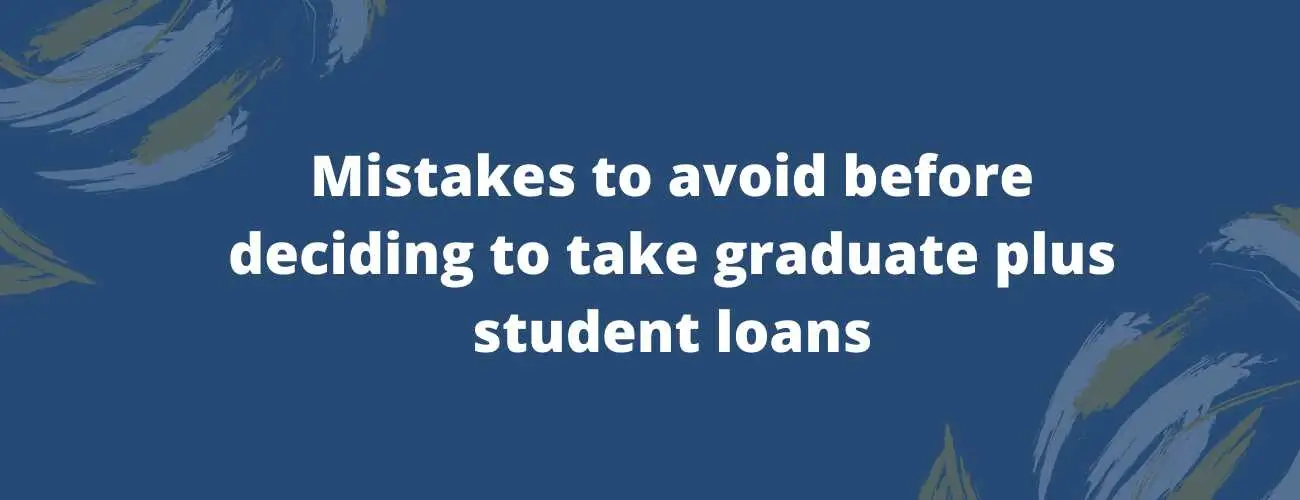Standard Repayment Plan For Student Loans
Do you want your student loans to be paid off at the earliest? Then check through the features of the Standard Repayment Plan and why most borrowers choose this repayment program.
Updated by Theres Ann on 14th July 2020
If a question is raised on the most popular repayment plan for Federal loans, the only answer would be a standard repayment plan. With almost 120 fixed monthly payments, during a repayment term of up to 10 years, the Standard Repayment plan is a level payment plan. By choosing this repayment plan, you agree to pay, $50 minimum monthly payment, for Direct Subsidized and Unsubsidized Loans, PLUS Loans, and Direct Consolidation Loans.
A $40 minimum monthly payment is supposed to be made for Perkins Loans. Borrowers with an outstanding Perkins loan before October 1, 1992, may have a minimum monthly payment of $30. The last payment would be lesser than the minimum monthly payment.
Borrowers whose balances are lesser than a few thousand dollars, take less than 10 years to repay their loans due to the minimum monthly payment policy. By paying less interest over a standard repayment term, borrowers save money.
Under the standard repayment, the monthly payment is 1.0% to 1.3% of the total balance. A quick estimation of the monthly loan payment can be done with the elimination of two least significant digits from the loan balance. The monthly payment on a $20,000 loan is nearly $200 and per month for a 10-year repayment term.
Under this plan, the payments total around 116% to 159% of the balance when the loan entered the repayment. The monthly repayment plan helps you to save money over time as the monthly plans are slightly higher than the payments made under other plans.
This results in the payment of the least amount of interest over the life of your loan. You can choose a repayment plan when it comes to repaying your loans. If a different repayment plan is not chosen, you’ll by default be placed under the standard repayment plan.
Table of contents
- Loans Eligible for Standard Repayment Plan
- Monthly payments for Consolidation Loans
- Maximum Repayment Period of Loans under the Standard Repayment Plan
- Working of the Standard Repayment Plan
- Benefits of Standard Repayment Plan
- Choosing standard repayment plan
- Alternatives of the Standard Repayment Plan
- 10 Reasons behind the popularity of Standard Repayment Plans
Loans eligible for Standard Repayment Plan
The loans from the Direct Loan Program and the FFEL Program that are eligible to be placed under the Standard Repayment Plan are given below.
-
Direct Subsidized Loans
-
Direct Unsubsidized Loans
-
Direct PLUS Loans
-
Direct Consolidation Loans
Monthly payments for Federal Education Loans excluding Consolidation Loans
Under the standard repayment plan, monthly payments are fixed to $50 each month and this is made up for 10 months for loan types except Direct Consolidation Loans and FFEL Consolidation Loans.
Monthly payments for consolidation loans
Under the standard repayment plan, the monthly payments are as given below.
-
A fixed amount of at least $50 each month is granted.
-
This is made for a period between 10 and 30 years for Direct Consolidation Loans.
For Direct Consolidation Loan, the repayment period depends on the total education loan indebtedness. Your consolidation loan along with your student loan debt is included in the total education loan indebtedness. Amount of your consolidation loan and your student loan debt is included in the total education loan indebtedness.
The amount of student loan debt considered in finding out the repayment period does not exceed the loan amount you are consolidating. For other student loan debt to be included in the determination of the repayment period, these are to be listed on your consolidation application.
How to pay off federal student loans
Once you fill the FAFSA form to apply for federal student loans at your student aid office in school. The school informs you if you have received the loans after the results sent by the ED. Ideally loans like direct subsidized/unsubsidized federal Stafford loans, Direct Subsidized/Unsubsidized Loans have a grace period of 6 months, after which your repayment starts. You have multiple repayment options, choosing plans under income-driven repayment plans like Income-based repayment plan,income-contingent repayment plan, pay as you earn, revised pay as you earn is advised as there are numerous advantages by choosing income-driven repayment plans.
Payment procedure :
For federal student loans, your bills are handled by the loan servicer assigned by ED. If you are unaware of your loan servicer, contact your student aid office in school to know the details regarding your servicer or check information on check the loan details on StudentAid.gov/servicer. Once you are aware of your servicer they will provide you a guide to help you start your payments manually by cheque or online with them. For any specific queries, you can always contact your loan servicer.
Maximum repayment period of loans under the Standard Repayment Plan
The maximum repayment period for a Direct Consolidation under the Standard Repayment Plan is given below.
| Amount Range | Repayment Period (In Years) |
| 0 - $7,500 | 10 |
| $7,500 - $10,000 | 12 |
| $10,000 - $20,000 | 15 |
| $20,000 - $40,000 | 20 |
| $40,000 - $60,000 | 25 |
| > $60,000 | 30 |
Working of the Standard Repayment Plan
It is essential to set up the plan first to make it work. Few steps in setting up the standard repayment plan are given below.
-
Repayment Estimator of the Department of Education can be chosen in order to find out the best-recommended repayment plan for you.
-
Your loan balances, interest rates, tax filing status, income, and family size will be first analyzed by this online tool to determine the most eligible plan for you, the first monthly payment of yours, the last monthly payment of yours, the total amount paid, projected loan forgiveness, and the repayment period.
-
Monthly payments and the total amount paid are essential numbers in the standard repayment plan.
-
Monthly payments of yours depend on whatever it takes to pay off your balance within 10 years time. A minimum of $50 a month is paid for the life of the loan.
-
For Direct Consolidation Loan or FFEL Loan, the payment term of your range between 10 and 30 years. The monthly minimum of $50 still applies. The payment amount determines not only what you owe on consolidated loans but other student loan debt as well.
-
If you face trouble in finding the Standard Repayment Plan, a different plan can be chosen at any time and at no cost. The repayment estimator can be used to get some idea about alternative options. Then the student loan servicer can be contacted to discuss.
Benefits of Standard Repayment Plan
The benefits of the standard repayment plans are given here.
-
If student loans are paid off within 10 years, this allows you to free up cash to work for other financial goals. It includes the purchase of property, retirement savings, traveling and more.
-
You’ll be able to save on interest fees. Lower monthly payments are a benefit of income-based repayment plans. Though the monthly payments are lower, interest fees cost you much in the long run.
-
You are not locked into the Standard Repayment Plan. If you are having trouble to make the ends meet then you can discontinue the standard repayment plan, to choose the plan that you think best suits you.
The one drawback witnessed for the Standard Repayment Plan is that the monthly payments will be higher in some situations.
Choosing standard repayment plans
Before choosing any type of loan always be sure of what options benefits you. You must choose standard repayment plans only if you can make higher repayments initially and lower the payment gradually with time. Also, note that standard repayment is limited to 10 years. So if you want to pay lesser interests and finish the loan sooner, standard repayment plans are a good option. If initial repayments are difficult you can choose income-driven , extended, and graduated repayment options. But as the repayment decrease, the interests will increase. But if you can pay high initial payments please choose standard repayment options. Also since the loan will be repaid in 10 years there are no chances to apply for loan forgiveness.
Alternatives of the Standard Repayment Plan
Federal loans have several repayment plan options as given below.
-
Graduated Repayment Plan – For graduated repayment plans, even though you are on the same 10-year plan, your monthly payments starts out low and gets higher over time.
-
For Extended repayment plan, the payments are either fixed or graduated for up to 25 years.
-
Revised Pay As You Earn Repayment Plan – 10 percent of your discretionary income is paid and the remaining balance is forgiven after 20 or 25 years.
-
For Pay As You Earn Repayment Plan, 10% of your discretionary income is paid. The remaining balance is forgiven after 20 years.
-
10 or 15 percent of your discretionary income is paid in an income-based repayment plan. The remaining balance is forgiven after 20 or 25 years.
-
For the Income-Based Repayment Plan as well, 10 to 15 percent of your discretionary income is paid.
-
For Income-Contingent Repayment Plan, 20% of your discretionary income, or the adequate amount that would be an equivalent of a 12-year fixed monthly period will be paid. The remaining balance is forgiven after 25 years.
-
For the income-sensitive repayment plan, a fixed amount is paid based on your annual income for nearly 15 years.
There are several similarities to these plans. You can learn about alternative plan eligibility requirements and use the Repayment Estimator to get an idea of the plan that best suits you.
If you want to limit the overall payment you make, then the standard repayment plan is the best for you. The least interest is paid and the repayment is made at the fastest rate, using the standard repayment plan.
If you feel that the payments in the standard repayment plan are expensive, then you can lower your monthly bills with income-driven repayment, extended repayment or graduated repayment. The plans that increase your payments will increase the amount of interest you pay.
It is best to stick to a standard repayment if you can afford it. Under this plan, the payments can’t be lesser than $50. That is for a $35,000 student loan at 4% interest rate, you’d have to pay $354 each month and hence $42,523 overall.
Faster payments of student loans are facilitated by this loan repayment plan.
10 Reasons behind the popularity of Standard Repayment Plans
A few o the reasons why several people chose standard repayment plans are as given below.
1 - Fixed number of payments - Standard Repayment Plan is the only program with a fixed number of payments. This repayment program is simple and easy to implement. Single monthly payments are allotted for the Standard Repayment Plan.
The total amount owed as debt when divided with the repayment term results in the monthly payments that you need to make. The amount of monthly installments remains to be the same. Thus the budgeting around loan repayment is made easier. However, the minimum monthly payments should at least be $50.
2 - Fastest Repayment Plan - Standard Repayment Plan is the fastest repayment plan that is available. These payments are higher than the other repayment plans. If it is possible for you to make higher payments, then this repayment plan is the best. Eliminating Student loan debt helps you in better credit score and borrowing ability.
The debt to income ratio is reduced making it easier to receive approval for loans like a mortgage. If Federal consolidation loan such as Direct consolidation loan is not included, then the term is 10 years. If your payments do not go beyond $50, for a 10-year term, then the repayment period would be even lesser. You can even extend your payment duration to 25 years if in case you need lower monthly payments.
3 - Cost saving option - Standard Repayment Plan is the most cost-saving option. When lesser time is taken to eliminate debt, there are fewer payment cycles to apply interest charges. Money is saved by reducing the total interest charges that are applied to your debt. Though lower monthly payments give you more cash at hand for monthly expenses, this results in you paying more money to pay off your loans.
4 - Range of repayment terms - If a Direct Consolidation Loan is included in your repayment plan, the term of the loan changes. Depending upon the loan indebtedness, the repayment term ranges from 10 to 30 years. Private loans that are ineligible for repayment terms are included here.
In the case of Consolidation Loan, you have significant amounts of loan to pay back. Depending upon your credit this may be a good thing or a bad thing. Fixed payments can sometimes be received at an even lower interest rate.
5 - Interest rates - The original rates of your loans decide the interest rates that are applied to it. The weighted average of the interest rates that is originally applied to all of the interest rates to be included. This feature of interest rate creates a positive or negative impact based on your credit. With a good credit score, it appears as if the private consolidation loan is better.
Fixed payments are guaranteed at an even lower interest rate. This helps you to save more money. However, by consolidating this way, a federal student loan is converted to private. In case your situation changes you wouldn’t be eligible for other payment plans.
Eligibility for Public Service Forgiveness Program (PSLF) is also lost in this case. Thus, rethink before you convert your loans.
6 - Switching loan plans - This plan would also help you switch the loan plans. There are several risks associated with the conversion of student loans from federal to private. However, if you use the standard repayment plan, you can switch to a different payment plan, anytime.
If you use a standard repayment, you can switch to a different repayment plan. You can choose a plan that offers lower payments, in case your situation changes. Till your situation comes under control, you can definitely use a hardship based repayment plan.
Public Service Loan Forgiveness is granted to those who are enrolled in a hardship based repayment plan. However standard repayment plans are not meant for people who are struggling. It simplifies and speeds up repayment. However, even if you enroll in the standard repayment plan you’ll not lose the eligibility for PSLF. Payment plan switching would be best in this case.
The Federal Loans that can be included are Direct Subsidized Student Loan, Unsubsidized Loan, Direct PLUS Loans for parents and graduate students, and Direct Consolidation Loans.
You are free to keep some federal student loans out of a standard plan. By excluding some of the debts from the plan you can also decrease the number of monthly payments that you make.
7 - Choose between two plans - You can also choose to split your federal student loan over 2 standard repayment plans. Some of your Federal loans can be divided into a 10-year repayment plan, without including the consolidation loans.
A 10-30 year plan can be chosen for the consolidation loan. If in case you want to choose an extended repayment plan, splitting your debt into 2 plans may occur.
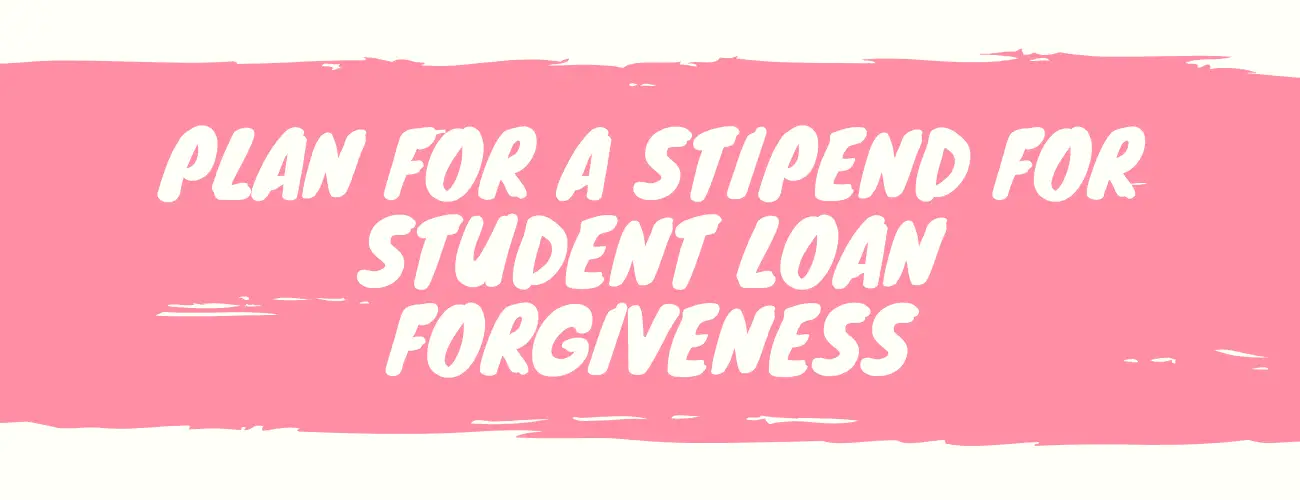
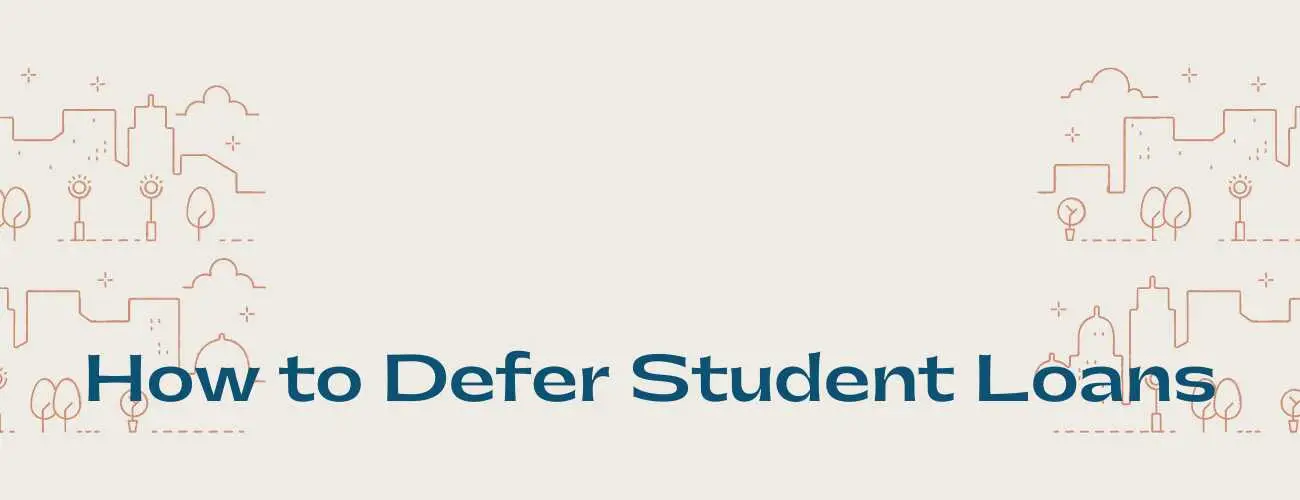
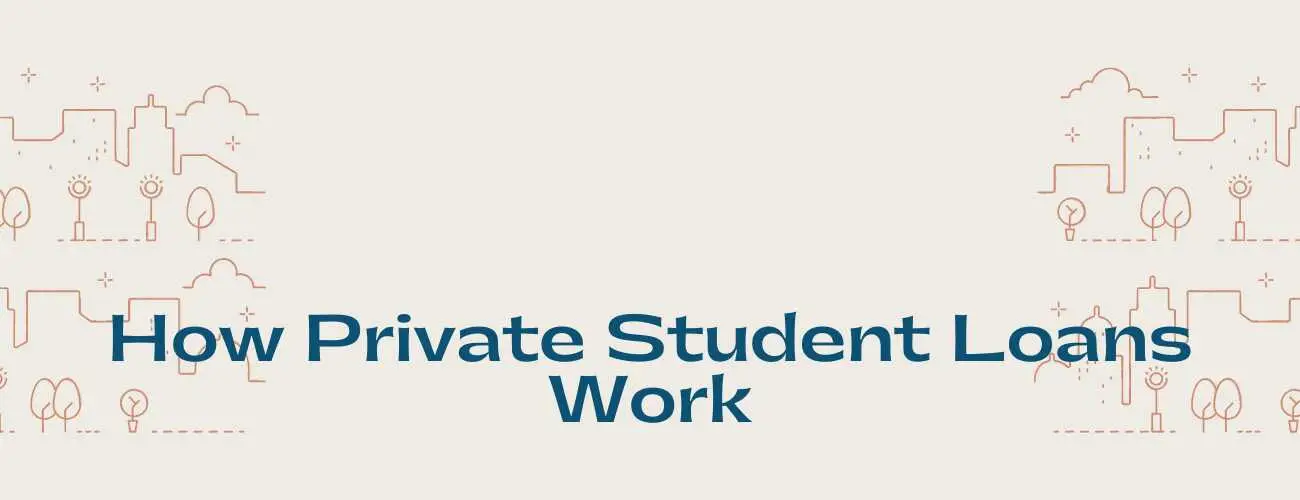
93.jpg)
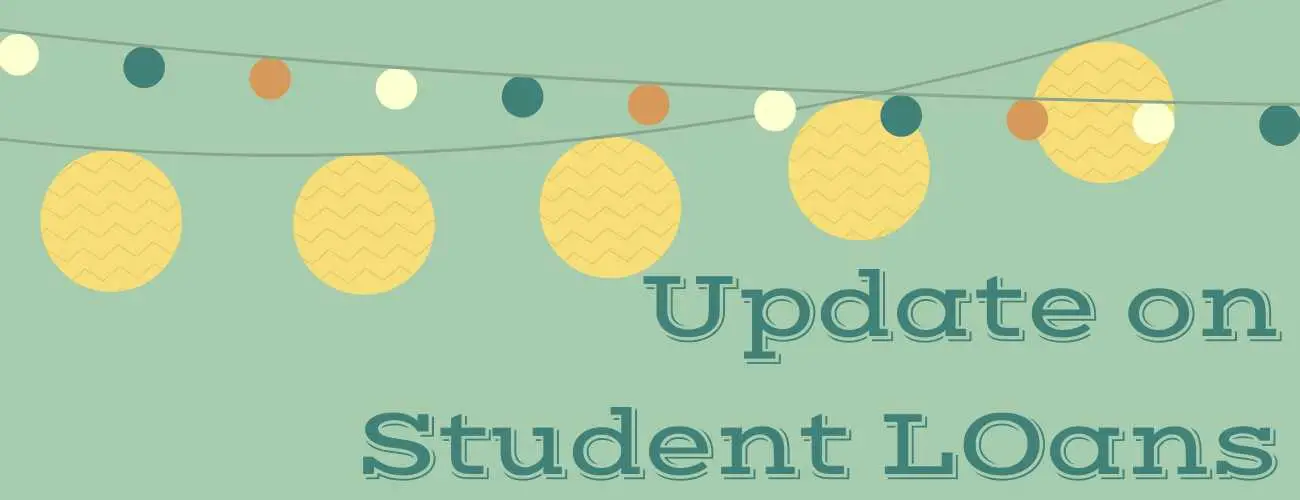

28.jpg)
